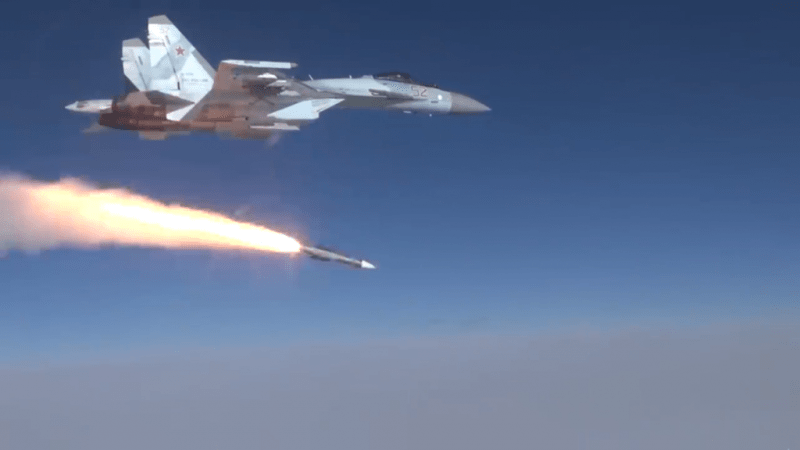From the early 60s, the growing strength of the Soviet long-range bomber fleet became a major problem for the US Air Force and the US Navy. In an attempt to protect the fleet from raids by Tu-95, Tu-16 and Tu-22 bombers armed with powerful anti-ship missiles, often supersonic, the US navy simultaneously developed two complementary weapon systems: the triptych composed of the surface missile -air SM-2, the SPY-1 radar and the AEGIS system which equipped the Ticonderoga-class cruisers and then the Arleigh Burke destroyers to respond to the potential saturation of traditional defense systems which required a missile pointing radar; and the long-range, active-guided AIM-54 Phoenix air-to-air missile, which became the weapon of choice for the F-14 Tomcat on-board interceptor. While the missile and its carrier plane, which were credited with 78 victories in the Iran-Iraq conflict but no success at the hands of US Navy pilots, have been out of service for many years, the need for power intercepting enemy aircraft at very long distances, she remained. Thus, at the beginning of the 90s, three missiles appeared in a short period of time, then considered to have very long range, the American AIM-3 AMRAAM in 120, the French MICA in 1991, and the Russian R1996 in 77, missiles capable of destroying a target between 2001 and 80 km away, and having an active radar guidance system to navigate, unlike semi-active guided missiles like the AIM-100 Sparrow or Super-7 of previous generation.
The new American missile quickly demonstrated its capabilities, shooting down an Iraqi Mig-25 in 1992, barely a year after entering service, then a Mig-23 the following year. It quickly established itself as a Western standard, alongside the French MICA which was also very efficient, and the Russian Vympel R-77, designated AA-12 Ader by NATO, but often described as Amraamsky because of its resemblance to the American missile. Their range, around 100 km, was then consistent with the detection and identification capabilities in combat Beyond Visual Range, or BVR, i.e. beyond visual range, requiring means of detection and identification. radar to confirm the nature of the target. For nearly 15 years, the technological situation changed very little, largely due to global geopolitical appeasement and the low risk of high-intensity conflicts. The missiles were certainly modernized, their range and their precision extended, but without radical change of capacity.

Things changed during the decade of 2010, however, with the arrival of two new long-range missiles, the European Meteor, and the Chinese PL-15, missiles capable of hitting targets more than 150 km away, relying on an interconnection between the missile and the shooter, to allow progressive guidance during flight. By virtue of their capabilities, these new missiles created a new threat, not on fighters and bombers, but on support planes, such as tankers, advanced air watch planes, or Awacs, or surveillance planes. and electronic warfare, in other words, all the devices today essential to the conduct of modern air warfare, but traditionally set back from the line of engagement. However, this range quickly seemed insufficient to the air powers, which from the middle of the 2010s, began the development of a new generation of air-to-air missiles with very long range, capable of reaching targets beyond 250 km.

75% of this article remains to read,
Subscribe to access it!
The Classic subscriptions provide access to
articles in their full version, and without advertising,
from 6,90 €.
Newsletter subscription
Register for the Meta-Defense Newsletter to receive the
latest fashion articles daily or weekly


[…] vulnerability of these support devices, in the face of long-range air-to-air missiles like the Russian R37M or the Chinese PL-15, but also long-range surface-to-air systems like the Russian S-400 and the HHQ- 9 Chinese, […]